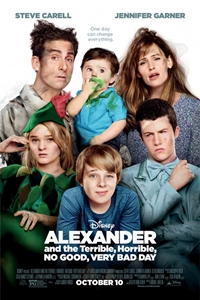 Alexander and the Terrible, Horrible, No Good, Very Bad Day
Alexander and the Terrible, Horrible, No Good, Very Bad Day
Starring Steve Carell, Jennifer Garner, Ed Oxenbould, Dylan Minnette, Kerris Dorsey, and Megan Mullaly
Directed by Miguel Arteta
Rated PG
Run Time: 81 minutes
Genre: Family/Comedy
Opens October 10th
By Eric Forthun of Cinematic Shadows
Alexander and the Terrible, Horrible, No Good, Very Bad Day doesn't feature the cataclysmically awful day that the title suggests, at least by an adult's standards. For a kid, I can imagine the day full of calamities and mishaps would be considered the worst day of their lives (so far). Maybe that's why the latest film from Disney, adapted from the 1972 children's book, feels so appropriate and cognizant of its target audience. The film is an acceptable family film and a pleasant, light romp, one that cares about characters and goes for simple, direct laughs. It's refreshing to see a kind-hearted film like Alexander amidst all of the self-serious, overly dramatic fare opening around this time of year in hopes of Oscar recognition. Here we have a film that carries a lead actor that will be seen at the Oscars (in Steve Carell, whose Foxcatcher opens in December) but doesn't fret about filling itself with insincerities.
The film centers on Alexander Cooper (Ed Oxenbould), a middle school boy that feels ignored on the day before his birthday. He gets gum stuck in his hair, his brother torments him, and his parents are busy trying to make their jobs work with such a busy schedule. Alexander's father, Ben (Steve Carell), lost his aerospace occupation seven months ago due to downsizing and feels the weight of the family on his shoulders. The recession destroyed his career. He's been searching for some job to hold but cannot find one that fits his set of skills; his days consist of "fammy" (father mommy) duties, namely taking their newborn to classes while driving around the kids to school. Ben's wife, Kelly (Jennifer Garner), works for a publishing company and has to deal with a new book launch happening on Alexander's birthday. If it's a success, she'll get a promotion. Alexander's sister, Emily (Kerris Dorsey), is playing Peter Pan at her school play while his brother Anthony (Dylan Minnette) has prom to manage with his high-maintenance girlfriend. Alexander merely wishes that they could all experience his struggles, and sure enough, his wish comes true.
The film is brisk and fluid in its developments, running a scant 81 minutes (77 without credits). I think that's a perfect length for a children's film, particularly as Alexander addresses all of its characters and their insecurities with the right amount of heart and poignancy. Disney family films often have that certain level of artificial assembly, feeling like many hands participated in making the film as easygoing and carefree as possible. There's nothing objectionable or challenging about social norms or familial structures, even if recession commentary stems from the parental struggles. Carell and Garner both deliver terrific performances in roles that give them basic outlines but they bring to life as tangible people. The adolescent performances are good if nothing remarkable, with all of the actors having excellent comedic timing. There are plenty of laughs. While Alexander and the Terrible, Horrible, No Good, Very Bad Day may sound like a chaotic drag based on its title and premise, it's a quiet delight that stands as substantive entertainment for families.

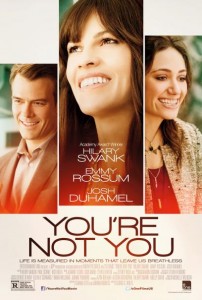 You're Not You
You're Not You
 #Stuck
#Stuck
 The Blue Room
The Blue Room
 Automata
Automata
 Meet the Mormons
Meet the Mormons
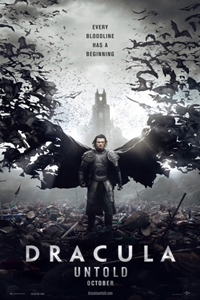 Dracula Untold
Dracula Untold
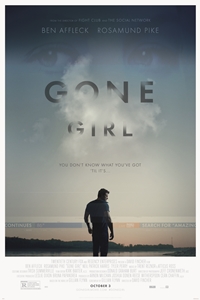 Gone Girl
Gone Girl
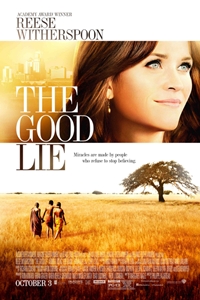 The Good Lie
The Good Lie
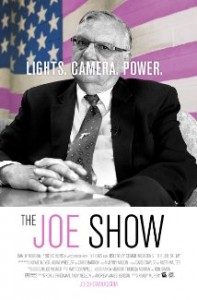 The Joe Show
The Joe Show
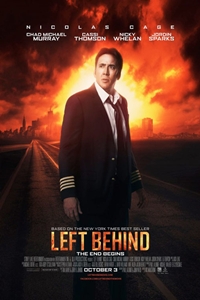 Left Behind
Left Behind
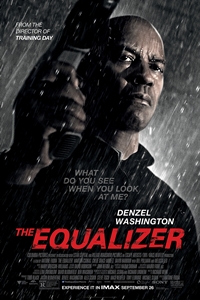 The Equalizer
The Equalizer
 The Boxtrolls
The Boxtrolls








